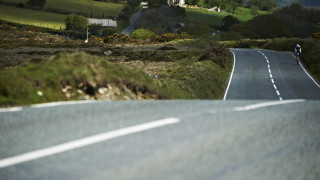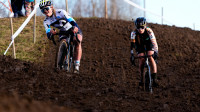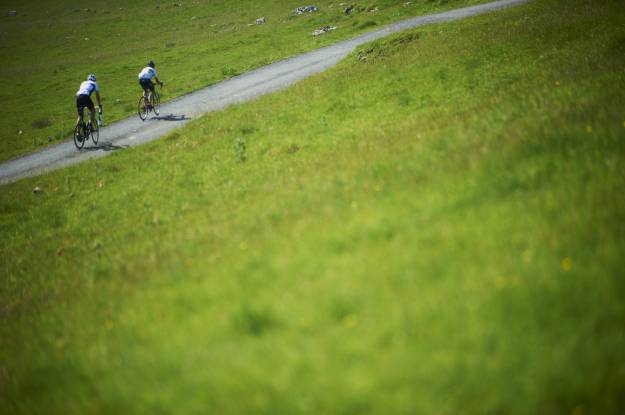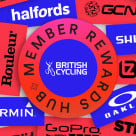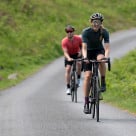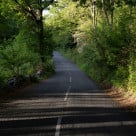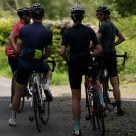Knowledge Level: Intermediate
If you are planning on tackling some of the mighty climbs the UK has to offer, or you are taking on a European sportive challenge such as the Etape or Marmotte, then, you need to know how to deal with the relentlessly climbing roads that snake continuously uphill for distances of over 20 kilometres.
Pacing
With wonderfully smooth road surfaces and relatively shallow gradients compared to typical British climbs, it is far too easy to be lulled into a false sense of security and overcook the lower ramps. Go too hard, too early though and you’re likely to come to a grinding halt.
If you have been following one of the British Cycling Training Plans then you will already be familiar with testing for your threshold power or heart rate and using this to determine accurate and personalised training zones. Using this method and pacing using either heart rate or power is the best way to prevent mid mountain blow-ups.
With your threshold heart rate or power representing the effort you can sustain for an hour, for long climbs it should be your upper limit. If you have got multiple long climbs to tackle in a day, pacing to Zone 3, especially on the early ones, would be prudent.
Gearing
In order to stick to your heart rate or power pacing plans, you will need the gears to allow it. Many top professional riders will have a compact chainset and wide range cassette fitted for gruelling mountain stages so, there is no shame in you doing the same.
Some riders worry that a compact won’t give them big enough gears for descending but, with a 50/12 gear delivering 52kph at 100rpm, this is an unfounded fear. You will also definitely lose far less time by not being able to pedal hard on a descent than running out of gears on a long climb.
If you are heading to the Alps or Pyrenees and are unsure, fit the lowest gears your set-up allows, you will never regret having too low a gear.
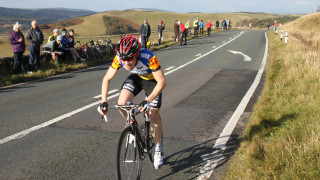
Image provided by Tejvan Pettinger under Creative Commons licensing.
Practice
Although Scotland’s Bealach na Bà, our longest climb, is only 12km long, you can still prepare for continental epic rides in the UK. Ride repeats of local hills and plot hilly routes with the most ascent you can pack in. These approaches have the added benefit of practicing your descending skills.
To mimic hour long plus uphill efforts, you will need to travel abroad or turn to your indoor trainer. Ramp up the resistance, use a low gear and ride at the cadence/power/heart rate, you intend to ride in the mountains. You can even elevate your front wheel to mimic the climbing body angle.
Weight
The longer the climb and the greater total ascent accumulated, the more excess weight negatively affects your performance. Before looking at costly lightweight upgrades for your bike, be honest about whether you could stand to lose a kilo or two.
It is no coincidence that the mountain goats of the peloton, who make the climbs look so effortless, are rake thin. Check out our tips on how to lose weight safely from the Great Britain Cycling Team nutritionists.
Riding style
On long climbs, economy and efficiency should be your watchwords. Use your gears so that you can spin your legs at a cadence of 80rpm+ and avoid grinding away in too big a gear.
For the majority of the climb, stay seated, as this uses less energy but rise briefly out of the saddle every five to 10 minutes to stretch out a little. Keep your upper body as relaxed as possible, don’t wrestle with the bike and just rest your hands lightly on the bar-tops or hoods.
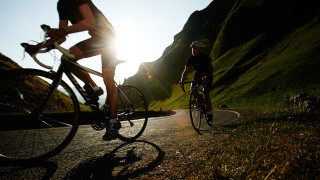
Fuelling and hydration
On shorter UK hills, you can often get away with not eating or drinking while climbing and leaving re-fuelling for the descents and flats. This isn’t an option for a big day in the mountains though, so it’s vital to ensure that your pacing on climbs allows you to take adequate food and drink on.
You may need to back-off your intensity for 10-15 minutes after taking on food and might want to consider limiting yourself to process fuel, such as gels and energy drinks, on long climbs. Keep well on top of hydration, especially in hot summer conditions. Take full advantage of long descents and valley roads and, if you need a boost for a final big climb, consider a caffeinated product.
Using the road
Use flatter sections of climbs to recover. Do some research into climb profiles beforehand and identify where you will need to push on and where you may be able to back off a bit.
You will often find that the outside line of hairpins is flatter and can almost give you a boost up the next ramp. Only where safe and appropriate, ride this line and avoid the often far steeper inside one.
Descending skills
What goes up must come down. If your descending technique is good and you are able to stay relaxed, you will hit the bottom of the next climb fresher and better recovered than if you are a poor or nervous descender.
Don’t neglect this vital aspect of bike handling if you are heading to the big mountains, practice it in training. Finally, make sure your brakes and tyres are correctly set-up and well maintained.

